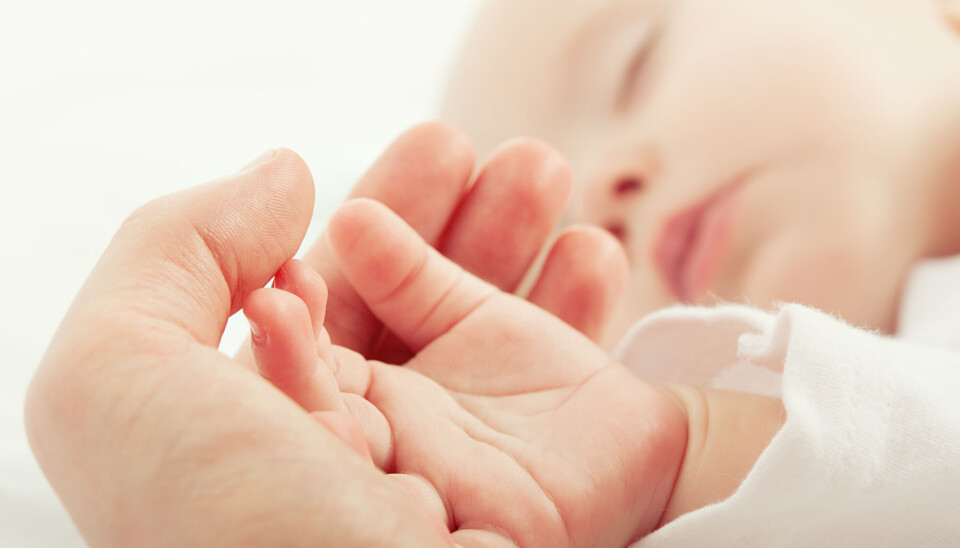
In times of crisis people usually postpone having children – but in Norway, the pandemic resulted in a baby boom
The Norwegian trend completely breaks with the researchers' theory and diverges from most other countries in Europe.
January 2021 was the first month in many years that birth rates increased in Norway.
More children – 215 of them – were born compared to the same month the year before.
This was an increase of 4.9 per cent, according to newly published figures from the Medical Birth Registry at the Norwegian Institute of Public Health (NIPH).
Conceived right after the shutdown
Norwegian men and women didn’t think for too long before they decided to have children. These January children were conceived in April 2020, only a few weeks after Norway went into lockdown on 12 March.
In subsequent months, even more children were born in Norway.
The largest increase occurred in March, when 376 more children were born than in the corresponding month the year before, an increase of 8.3 per cent. These kids came into being last summer.
All told, 2021 more children were born in Norway in the first nine months of 2021 compared with the same period the year before.
Largest increase up north
All of Norway’s counties experienced an increase in births. But people in the northernmost counties led the increase in the first nine months of 2020.
Nordland county was at the top of the list where the number of new “northerners” increased by 13.7 per cent compared with the previous year.
Troms og Finnmark and Trøndelag followed suit with increases of 7.7 and 7.6 per cent, respectively.
By contrast, three per cent more children were born in Oslo.
Surprising
Ferenc Macsali, chief physician at NIPH, stated in a press release that this growth in birth rates is surprising, not least in light of the fact that Norway has been experiencing a decrease in the number of births since 2009.
Why does the recent trend then reverse about nine months after Norway’s lockdown?
Macsali has no explanation for this.
“It’s common to postpone having children in times of crisis, so this deviates from the pattern,” he says.
Stands out in Europe
In most other countries in Europe, there has either been no change in birth rates or they have declined.
Along with Norway, Denmark, the Netherlands, Hungary and Croatia are exceptions. Their birth rates have also risen.
Do welfare schemes play in?
Svenn-Erik Mamelund is a demographer at OsloMet and a specialist in pandemics.
He has done a lot of research on the Spanish flu.
At that time, there was a decline and not an increase nine months after the peak of the infection.
From 1918 to 1919, the number of births in Norway fell by 6.3 per cent, Mamelund says.
Mamelund wrote about this in a scientific article in the American Journal of Epidemiology.
“Why Norway doesn’t fit the theory is unclear. Maybe it’s related to Norwegian welfare schemes,” he says.
Another group has become ill
In addition, older people – and not young adults and pregnant women – have been the hardest hit by the disease burden during this pandemic.
This wasn’t the case during the Spanish flu when the youngest children were the sickest.
And, Mamelund reminds us, we were in a world war at the time.
Reference:
Baby-boom startet ni måneder etter korona-nedstengningen (Baby boom started nine months after coronavirus lockdown), Press release from the National Institute of Public Health, 28 October 2021.
———































